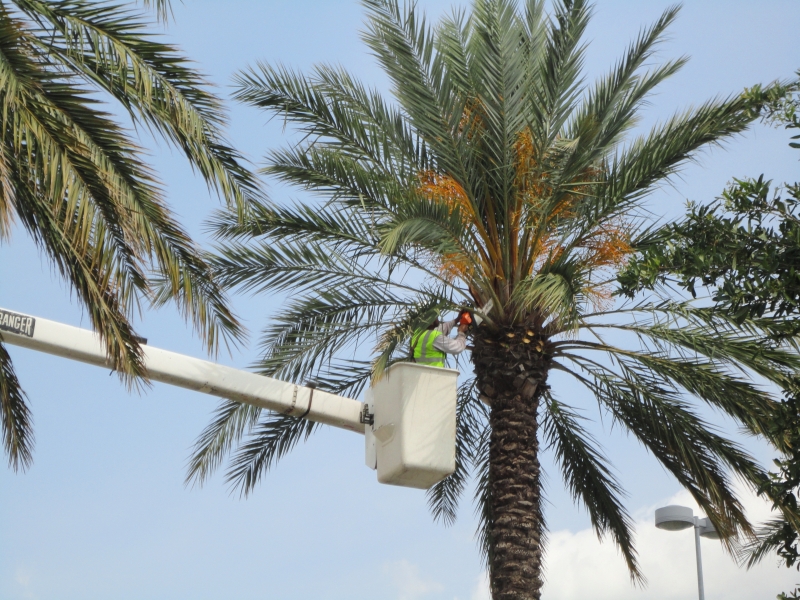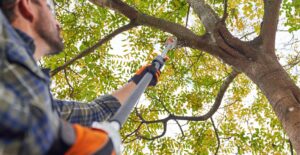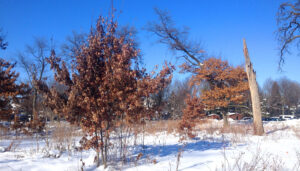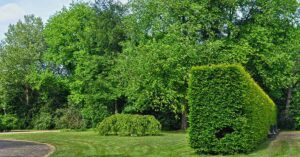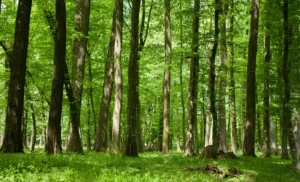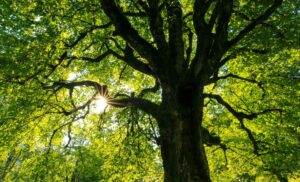Georgia Tree Removal Laws: A Comprehensive Guide (2024 Update)
Trees in Georgia play a crucial role in enhancing the environment, providing shade, supporting wildlife, and boosting property values. However, there are circumstances when tree removal becomes necessary, such as when trees pose safety hazards, become diseased, or interfere with construction projects. Georgia has a combination of state and local regulations that govern tree removal, with an emphasis on protecting trees while also allowing property owners to maintain their properties effectively. This guide provides an in-depth overview of Georgia’s tree removal laws, including statewide guidelines, city-specific ordinances, rules for residential and commercial properties, and notable legal cases that have influenced these regulations.
Overview of Georgia Tree Removal Laws
Tree removal in Georgia is primarily regulated by local governments, but certain state-level guidelines apply in specific situations, particularly regarding environmental conservation and protected tree species. Local ordinances typically address the conditions under which trees can be removed, whether for safety, development, or aesthetic reasons. Municipalities in Georgia, such as Atlanta, Savannah, and Augusta, have established their own rules to manage tree preservation, permit requirements, and the protection of heritage or specimen trees.
Useful Phone Numbers for Tree Removal Inquiries in Georgia:
| Organization | Phone Number |
|---|---|
| Georgia Forestry Commission | (800) 428-7337 |
| City of Atlanta Arborist Division | (404) 330-6874 |
| Savannah Department of Urban Forestry | (912) 651-6441 |
| Augusta Tree Commission | (706) 796-5065 |
| Georgia Department of Natural Resources | (770) 918-6400 |
These numbers can be helpful for property owners seeking guidance on tree removal regulations, permits, or certified arborist services.
Georgia Tree Ordinances and Local Regulations
Georgia’s tree ordinances are highly localized, with different cities and counties setting their own rules regarding tree removal. These ordinances vary based on factors such as tree size, species, and property type. For example, Atlanta has strict regulations concerning the removal of trees, particularly large or historic ones, while smaller municipalities may have more lenient policies.
Atlanta Tree Protection Ordinance
The City of Atlanta enforces one of the strictest tree protection ordinances in Georgia. The Atlanta Tree Protection Ordinance requires property owners to obtain a permit to remove any tree with a diameter of six inches or more at breast height (DBH). This includes both healthy and hazardous trees, though the process for removing hazardous trees is expedited.
Key Points of the Atlanta Tree Protection Ordinance:
- Permit Requirement: A permit is required for the removal of any tree six inches DBH or larger. This includes trees on both public and private property.
- Heritage and Specimen Trees: Trees classified as heritage or specimen (large, old trees of significant value) are given special protection. Removing these trees often requires a detailed justification and a mitigation plan, such as planting replacement trees or paying into the city’s tree replacement fund.
- Replacement and Mitigation: If a tree is removed, property owners are typically required to plant a new tree or contribute to the city’s Tree Trust Fund to compensate for the loss of canopy.
- Certified Arborist Evaluation: For hazardous trees, a certified arborist must assess the tree’s condition to determine if it poses an immediate threat to safety or property.
You can find more information on the City of Atlanta’s tree protection ordinance on their official website: Atlanta Tree Ordinance.
Savannah Tree Protection Ordinance
In Savannah, tree protection is also a priority, particularly for the historic live oaks that characterize the city’s streets and parks. Savannah’s ordinance is designed to preserve the city’s tree canopy, especially in designated historic areas.
Key Points of the Savannah Tree Ordinance:
- Permit for Removal: Similar to Atlanta, Savannah requires a permit for the removal of trees above a certain size (typically six inches DBH or larger).
- Protected Species: Savannah places special emphasis on protecting live oaks and other native species that contribute to the city’s historic character.
- Tree Protection During Development: Developers in Savannah must submit a tree protection plan that ensures the preservation of trees during construction projects. This includes installing tree protection barriers and conducting tree assessments before starting work.
For more details, refer to Savannah’s Department of Urban Forestry: Savannah Urban Forestry.
Tree Removal for Residential Properties
Tree removal laws for residential properties in Georgia vary from city to city. In most municipalities, removing a tree on residential property requires a permit, especially if the tree is large or classified as a protected species. Here’s an overview of some key regulations in major Georgia cities.
Permit Process for Residential Tree Removal
- Consult Local Ordinance: Property owners should first consult their city or county’s tree ordinance to determine whether a permit is required for tree removal. For example, in Atlanta, any tree six inches DBH or larger requires a permit.
- Certified Arborist Evaluation: For hazardous trees, most cities require an evaluation from a certified arborist. This ensures that the tree’s removal is necessary for safety reasons.
- Application Submission: The permit application process usually involves submitting details about the tree (such as species, size, and location) along with an arborist report if applicable. In some cases, property owners may be required to include a replanting or mitigation plan.
- Permit Approval: Once the application is submitted, it is reviewed by the city’s urban forestry or environmental department. Approval times vary, but hazardous tree removals are often expedited.
Tree Removal for Commercial Properties
Commercial tree removal in Georgia is subject to more stringent regulations than residential properties, especially in urban areas where maintaining tree cover is crucial for environmental and aesthetic reasons.
Commercial Tree Removal Requirements
- Comprehensive Tree Survey: Commercial property owners are often required to submit a detailed tree survey as part of their permit application. This survey includes information about the species, size, and health of all trees on the property.
- Tree Protection During Development: Developers must follow strict guidelines to protect trees during construction. This includes installing protective barriers around trees and ensuring that their root systems are not damaged during excavation.
- Replacement and Mitigation: Commercial properties often face higher replacement ratios than residential properties, meaning that for every tree removed, several new trees must be planted. Alternatively, businesses can pay into the city’s tree fund.
Protected Trees and Special Ordinances in Georgia
Certain trees in Georgia, particularly heritage and specimen trees, are protected by law. Removing these trees typically requires a permit, even if they are on private property. These trees are often protected due to their size, age, or historical significance.
Common Protected Tree Species in Georgia:
| Tree Species | Protection Status |
|---|---|
| Southern Live Oak (Quercus virginiana) | Protected in many cities, especially in coastal areas |
| Eastern Red Cedar (Juniperus virginiana) | Often requires a permit for removal |
| Bald Cypress (Taxodium distichum) | Protected in wetland areas |
| Magnolia (Magnolia grandiflora) | May be protected depending on location |
| American Beech (Fagus grandifolia) | Protected in certain historic areas |
For more information on protected trees, visit the Georgia Forestry Commission website: Georgia Forestry Commission.
Penalties for Illegal Tree Removal in Georgia
Removing trees without a permit in Georgia can result in significant penalties, especially for protected or specimen trees. Penalties for illegal tree removal vary by city, but they generally include:
- Fines: Fines for illegal tree removal can range from a few hundred dollars to over $10,000, depending on the severity of the violation and the size of the tree.
- Replacement Requirements: Property owners who illegally remove trees may be required to plant multiple new trees to compensate for the loss. Some cities require a higher replacement ratio for heritage or specimen trees.
- Mitigation Fees: In cases where replanting is not feasible, property owners may have to pay mitigation fees, which are used to fund the city’s reforestation efforts.
- Legal Action: In extreme cases, property owners may face legal action, especially if the illegal removal causes environmental damage or violates historic preservation laws.
Resources for Property Owners and Developers in Georgia
To navigate Georgia’s tree removal laws and ensure compliance with local regulations, the following resources can be helpful:
- Georgia Forestry Commission: Georgia Forestry Commission
- City of Atlanta Arborist Division: Atlanta Arborist Division
- Savannah Urban Forestry: Savannah Urban Forestry
- Georgia Department of Natural Resources: Georgia DNR
